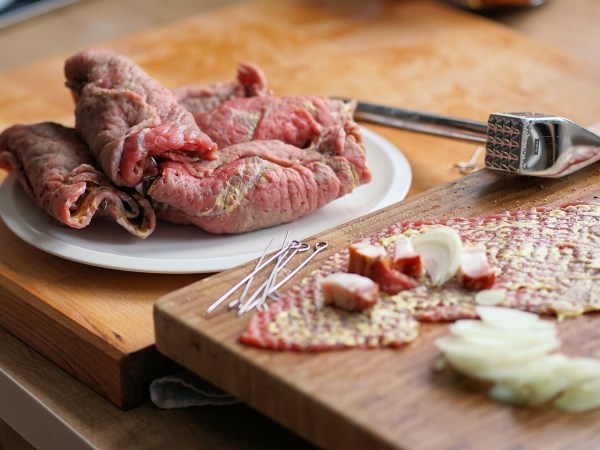
Meat can sometimes be the most costly ingredient in a meal. So it’s important to make the most of every piece, just as our chef clients do to create delicious dishes for the customers in their restaurants.
There’s always some loss as meat does tend to shrink naturally through cooking. Check out these easy tips for making the most of your meat during cooking:
- Keep cooking temperatures low – some cooking loss is unavoidable but using low temperatures keeps this to a minimum.
- Simmer, don’t boil – gently simmering your meat cooks the meat evenly and there is less loss than boiling.
- Grill, don’t burn – grilling requires high temperatures. If the temperature is too high it will burn the outside of the meat, making it dry, shrunken, and cooked unevenly.
- Don’t cook meat longer than necessary – but do ensure the temperature is high enough to kill bacteria. The longer a roast is in the oven, the more it shrinks, so don’t overcook it. The larger the cut, the longer the cooking time, but a thin flat roast will take less time than a thicker roast of the same weight.
- Note the size and volume – the amount of meat being cooked affects the cooking time. Three roasts together will take longer than one roast as the heat is dissipated into a greater mass of meat.
- Rest, rest, rest! Allow your meat to rest once it is cooked. This ensures the meat relaxes and absorbs all those delicious juices.
- Carve it right – good carving techniques help to minimise losses during slicing. Carve meat across the grain for optimum tenderness.
- Trimmings – use them!
- Fat render – use for cooking.
- Bones and sinews – use to create flavoursome soups and stocks. If you only have a few, pop them in the freezer until you have collected a good number to make a decent amount of stock or soup.
